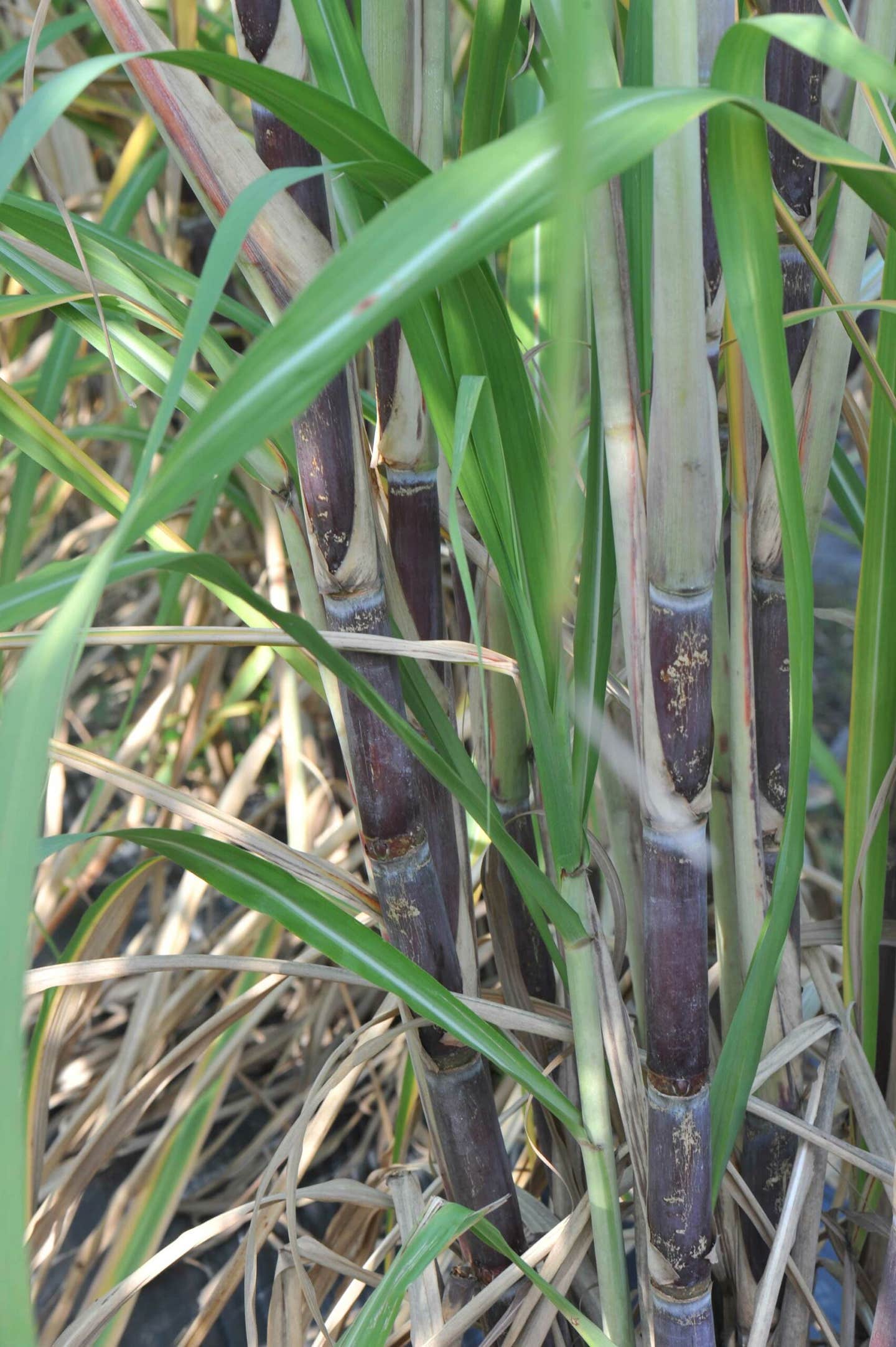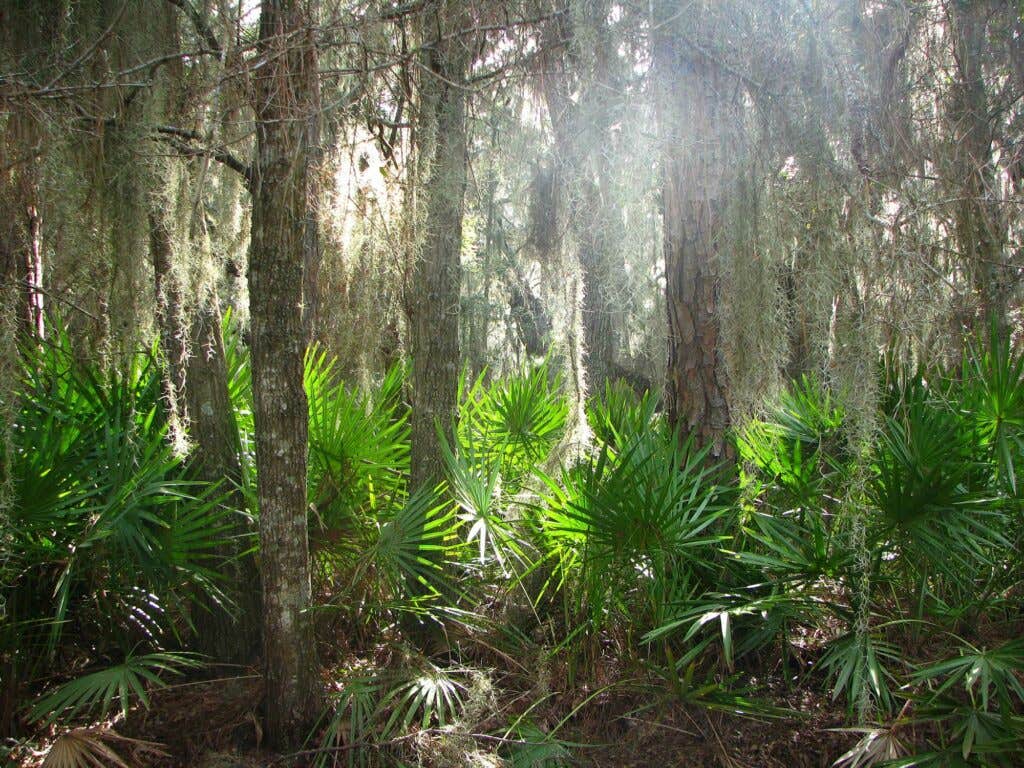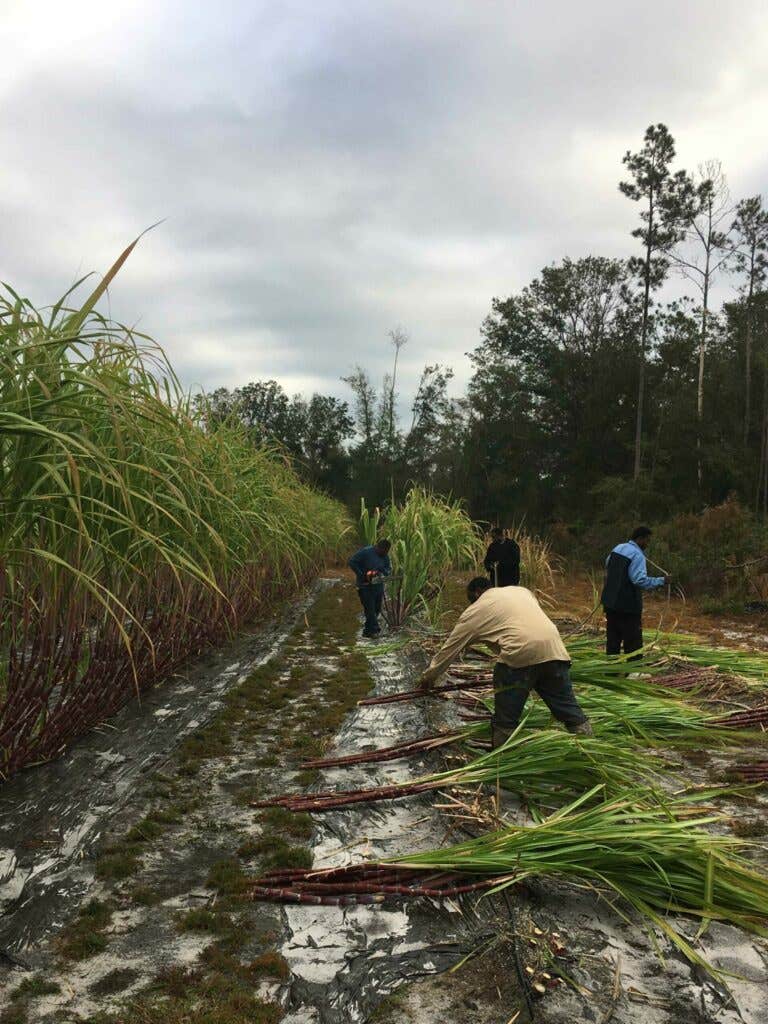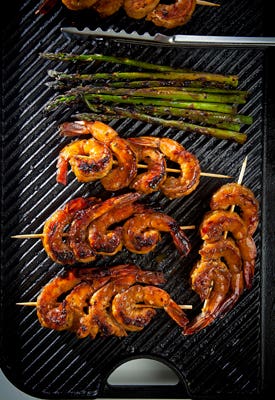
A Sweet Ancient Staple Crop is Coming Back to the South
In Georgia’s barrier islands, sugarcane is an ancient ingredient with a long culinary heritage. Now a plucky farmer is bringing it back to sweeten our biscuits, fill out our larders, and possibly even power our cars
Forget the tired tale of rising taxes and dwindling population erasing regional culture off the map. Sapelo Island, Georgia is mystical, beautiful, and bountiful. Huge oak trees drape over entryways. The landscape is unspoiled and lush, evocative of Eden. This part of Dixie, rich in Gullah-Geechee traditions, is where fresh shrimp, soft shell crabs, and mullet reign supreme. Sour oranges, red peas, wild cows, massive birds, and saw tooth palmettos are foreign to visitors but daily pleasures to the island's residents. Then there's the sugar.
"Look here," says Jerome Dixon. "That is purple ribbon sugarcane!" The farmer, an outdoorsman with familial ties in Hog Hammock—the close-knit 200-year-old African-American community on the island—points out the difference between corn and the thick, reedy stalks of cane that are a backyard staple along Georgia's barrier islands.
Dixon grew up in the Townsend area, 55 miles south of Savannah. Back in the day, winter meant two consistent activities: harvesting cane, then making syrup out of it to spread on breakfast breads and drizzle over savory dishes. In the past several decades, the rising mass production of corn syrup and its kin have threatened to turn the craft of small batch cane obsolete. Now, with the enthusiasm of farmers like Dixon, the rare, ancient crop of purple ribbon sugarcane is on the cusp of reclaiming its position as the South’s go-to heirloom sweetener.
With the help of Clemson University scientists, Southern provisions expert Dr. David Shields, and Sapelo native and Gullah authority Cornelia Bailey, Dixon and his business partner William "Doc Bill" Thompson are in their third year of perfecting the cane-growing process and gearing up to launch Georgia Coastal Gourmet Farm's purple ribbon cane wholesale program. What began with 14 varieties of cane spread across 84 plants in a field will soon broaden the old-timey larder to include an ingredient with a longstanding Southern heritage. The pair will sell cane juice, syrup, molasses, and crystals to restaurants and distilleries, hearkening to the days when every kitchen cabinet held a glass jar of amber cane syrup.

Dixon and Thompson are walking the idea of craft cane through a door opened by the likes of Anson Mills, growers and millers of colonial pantry items such as Carolina gold rice and antebellum grits. In old Southern cooking, cane sugar isn’t just a sweetener; it’s also a distinct flavoring, smoother and lighter than its cousin sorghum with an amber glow. Where mid-South states like Kentucky roll with sorghum, the deep South is all about cane. As Dixon puts it, “Growing sugarcane gives me a sense of connection to my people and takes me back to grandmother’s biscuits dipped in cane syrup.” Other folks have long used it for pecan pies, sticky candies, moist cakes, as a dose of sweetness in the sauce for whole hog barbecue.
In Southern Provisions: The Creation and Revival of a Cuisine, Dr. David Shields writes, "We must know the traditional table to know what to restore to the farm." All below the Mason-Dixon line, farmers, chefs, and culturists are looking back to tell the old South's sugar traditions. Dixon remembers the old fashioned way his family grew cane, "right after the first frost, and in the spring it would starting growing up." On their 95-acre property, "a donkey would work a three-wheeled mill with a long pole attached, he'd walk around and we'd feed the stalks in the mill. You'd hear the crushing sound and the liquid releasing."
Once the laborious work of pressing the cane was done, the whole family would pitch in to boil the juice down into syrup. “The men would dig a hole and plant a small fire. We’d be standing around the 80-gallon cast iron pot of boiling sugar. The men and women would stir the pot, and my grandmother would be holding a small skillet in hand and skimming the top, removing the impurities.”
The sugar industry used to thrive in Texas, Louisiana, and the Peach State—especially on Sapelo island, where in 1806 Thomas Spaulding ordered the construction of a sugar mill that Buddy Sullivan's Sapelo Island described as "both animal and tidal powered...the first facility of its kind in Georgia." These days, small producers face the substantial costs of developing a trained labor force and purchasing expensive refining equipment. A rapidly changing climate makes things even more difficult.

But there are big opportunities to create new streams of revenue from the old crop; Dixon notes many regional restaurants and Southern distillers are pining for quality cane syrup and juice. In Charleston, High Wire Distilling produces a limited edition lowcountry rhum agricole made entirely from South Carolina sugarcane. Paul Yellin, the chef and owner of Cane Rhum Bar in Charleston, can't wait for domestic cane spirits to return to the U.S.
“Growing up in the Caribbean and traveling through the islands,” he says, “has given me an appreciation of rum not just as a product but as an art. It is incredibly encouraging and exciting to see that smaller distillers, such as Striped Rum, Red Harbor Rum, and Rational Spirits, are trying their hand at a craft that has been lost in the Americas, replaced by corn and rye whiskey.”
For now, Dixon is gifting the latest batch of unrefined syrup to the most senior individuals in McIntosh County. As he ramps up production, the celebrated Atlanta chef Linton Hopkins will likely be the first buyer.
Other buyers might not have anything to do with food at all. Watching Brazil lead the charge in converting cane into combustible ethanol, Dixon sees a chance for American innovation in the low-carbon biofuel sector. In the future, Southern cane may power more than kitchens; it could provide energy for entire homes.
Next December, Dixon will head out into the cane field and strip away the crunchy dried husk (it’ll be used for compost or fodder). The workers will pause and listen to the crisp whistle when the wind blows through the cleaned plant. Jerome will clash a 10-foot-tall sugarcane stalk with his hand, prepare the earth for re-planting, and begin the cycle again.
If all goes well, the purple ribbon brand will be a case study in how small growers can nurture out-of-reach seeds into a bigger story. Success will be measured through financial gains and keeping the spirit of a bygone generation alive—pursuits that will best grow in tandem with each other, not at odds.
What to Cook With Your Sugar Cane


Keep Reading
Continue to Next Story










